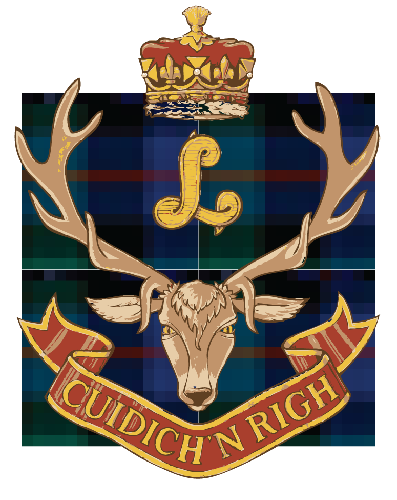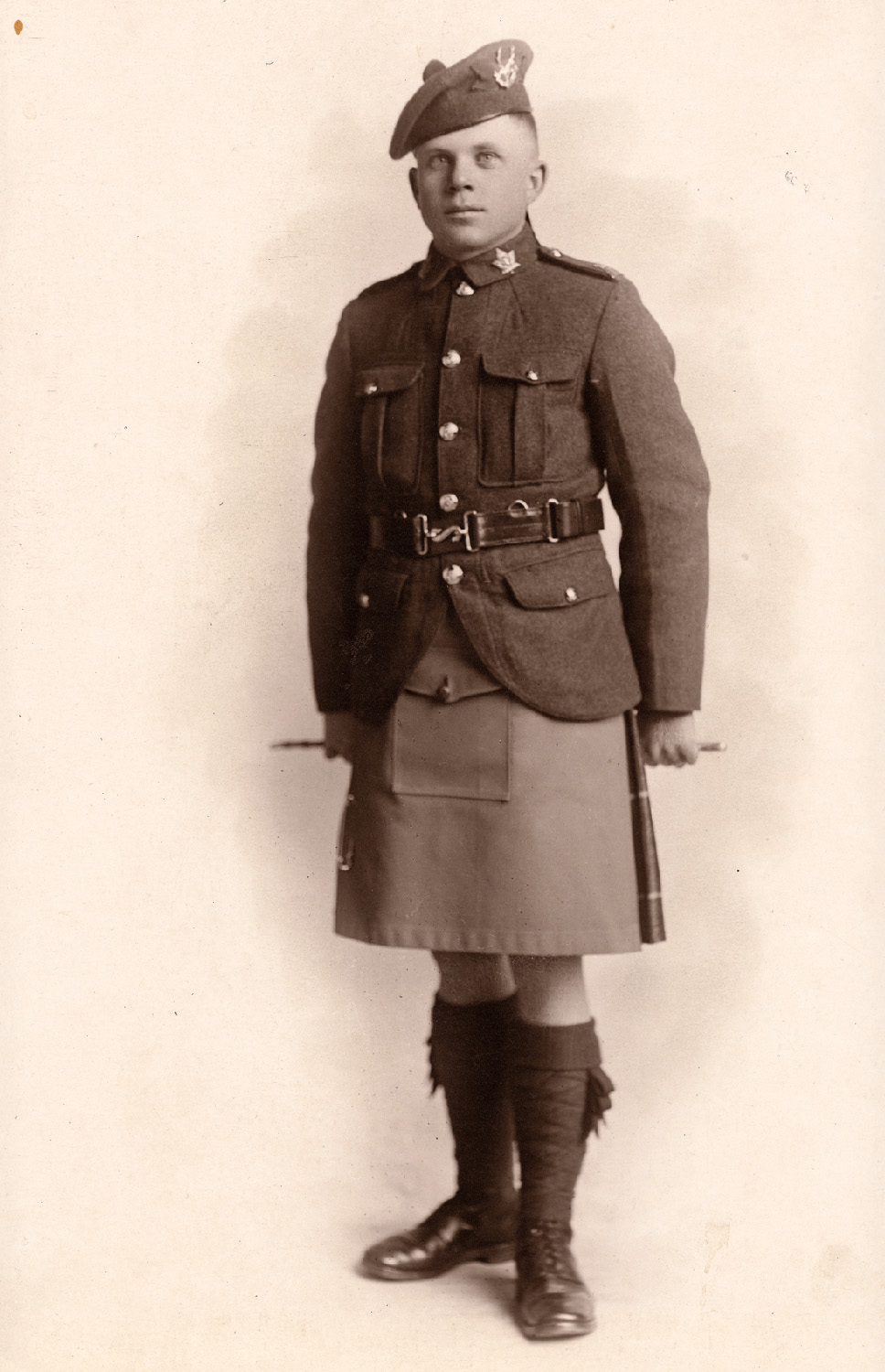Passchendaele - 1917
The Battle of Passchendaele
World War I: October 30th - November 2nd, 1917
Seaforths Take Crest Farm
At 05:50 on the morning of October 30th, 1917 the 72nd Battalion Seaforth Highlanders of Canada advanced through a 50-yard gap in the flooded quagmire between Haalen Copse and Deck Wood. Their objective was Crest Farm, a heavily defended high point that dominated the sector.
The Seaforths advanced just behind a creeping artillery barrage; when it lifted, the twelve German machine gun crews defending the farm itself had no time to react before the Seaforths were on top of them. “Your men seemed to be mixed up with their own shell-fire,” said the captured German officer in charge of the farm’s defence.
Having taken Crest Farm, the Seaforths then had to hold it. German guns from miles around the Ypres Salient responded with an intense artillery barrage that lasted eighteen hours. But the 72nd could not be pushed off their objective.
Crest Farm: the Seaforth Highlanders’ greatest victory of the First World War.
The Key to the Battle
The 72nd faced a formidable task.
Capture Crest Farm, the fortified high ground near the German stronghold of Passchendaele.
Lieutenant-Colonel J.A. Clark
Neck Badge (top): CMG (Companion of the Order of Saint Michael and Saint George) awarded for distinguished service in foreign affairs.
“One of the Battalion runners, he might have been 18 but he looked more like 15 –one of these angelic-faced boys but with remarkable guts, came into the Headquarters at Passchendaele…I didn’t particularly notice he handed (me his message) with his left hand…The message had a cut across it and there was blood on it. I said, ‘Where did the blood come from?’ He said, ‘I don’t know. I dropped it in the mud. Maybe I dropped it on somebody.’ I said, ‘Show me your right hand.’ The hand that had been carrying the message, the fingers were off of it, and he was going to go out on another run without even saying a word about it.”
Sergeant H. G. F. Hines
The battleground was submersed in water, completely impassable.
Acting on intel from Major A.V. Wood, Lieutenant-Colonel J.A. Clark and his officers crawled into no man’s land to inspect the flooded front line. A last-minute change to the plan was needed. Hours later, the entire Battalion moved through a narrow gap between Haalen Copse and Deck Wood.
The 72nd Battalion Headquarters at Passchendaele. “Heine House.”
The 12th Brigade Headquarters, at Kink Corner, Passchendaele.
Medal Bar (from left to right): DSO (Distinguished Service Order) with two bars, British War Medal, Victory Medal with MID (Mentioned in Despatches) oak leaf, George VI Coronation Medal (1937), Elizabeth II Coronation Medal (1953), Canadian Centennial Medal (1967), VD (Colonial Auxiliary Forces Officer’s Decoration), Canadian Forces Decoration with two bars.
Private Charles Samuel Bannell, one of the Battalion’s scouts and the only published poet of the 72nd in the First World War, was killed at Passchendaele on October 30, 1917.
“You bathed in mud and you waded in blood. And you thought it was only your bit; And you didn’t complain of the cold, or the rain, Or the deluge of iron and lead; And you still carried-on, though your leaders were gone. And the friends of your bosom were dead.”
Charles Samuel Bannell, excerpt from “The Rest Camp” from His Offering.
Taking Crest Farm
Under intense Fire, soldiers of the 72nd trounced the enemy with a show of courage, initiative and determination.
The 72nd overcame staggering odds: at least 24 machine guns defending the front, intense hand-to-hand fighting, continuous artillery for 18 hours after consolidating their position, and an enemy counter-attack on the morning of the 31st.
They had worn down the German army and held Passchendaele until the night of November 2nd when they were relieved.
“Your men attacked so closely upon the barrage…my guns had no time to get properly into action.”
Captured German officer
“Frost House” – a German Pill Box defending Passchendaele.
“The 72nd were on our left, and they were playing havoc with the German counterattack, so it stopped before it got within five hundred yards of us.”
Archie Brown, Soldier with the 78th Battalion
The objective: the high ground at Crest Farm.
Soldiers carried 70-pound packs through water-filled shell-holes, putrid trenches and fields of clinging mud.
Carrying the wounded required four to six soldiers to navigate through the muck and shell-holes.
“Canadians were going to take those positions – and hold them in death, if not in life.”
Private Charles Durfee Harper was wounded as he advanced with ‘B’ Company toward Crest Farm, and was later buried alive by German shell-fire. The Battle of Passchendaele left him with severe and permanent shell-shock.
A year after the battle, he wrote his father that at Passchendaele, “hell yawned and we went over the top into what was the greatest concentration of enemy artillery ever known on the Western—or any other—front.
“The unit which took Crest Farm had accomplished a feat of arms which would go down in the annals of British history as one of the greatest achievements of a single unit.”
Field Marshal Douglas Haig
“They’ll fight much better in kilts.”
Brigadier-General J.H. MacBrien asked Lieutenant-Colonel J.A. Clark why he had not followed through on an order that the 72nd were to turn in their kilts and wear trousers. Clark replied that if the unit was expected to fight as accustomed they should be allowed to wear their own uniforms. Laughing, MacBrien agreed. The troops marched to battle and victory in their kilts.
Lance Corporal James Rae, 72nd Battalion, Seaforth Highlanders of Canada


















